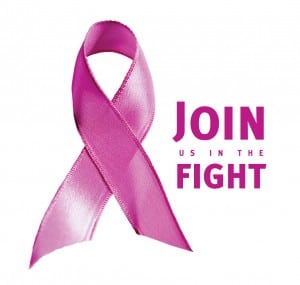Introduction
This Straight, No Chaser guide acknowledges the important work of October as Breast Cancer Awareness Month.
Breast Cancer Awareness
How’s your breast cancer awareness? Breast cancer affects so many of us. If it doesn’t affect you or your family as well, I hope it’s not because you haven’t been paying attention. Sadly, one in eight women will be diagnosed with breast cancer in their lifetime. It’s more likely than not that every single one of us has been affected by this, either directly or through a friend or family member.
Breast Cancer is Different
All cancer is devastating, but something about breast cancer is different. We’ve found the way to eradicate certain cancers and have made remarkable progress on others. Aside from the hereditary component, breast cancer seems so…random, so dehumanizing and so debilitating to so many.
Unlike so many of the things I address as an emergency physician, breast cancer isn’t like trauma, STDs and many other conditions, where one is often directly suffering the consequences of their behavior. It is vital that you appreciate the need and value for early detection to give yourself the best possible chance for the best possible outcomes. This guide discusses all these considerations in detail.
Breast Cancer Awareness Month

I appreciate the sentiment behind a National Breast Cancer Awareness Month, but if I could offer you anything on this, it would be a plea to be ‘aware’ every month, and use this month as a (re)commitment to take basic steps that will reduce your risk, a charge to maintain steps for early evaluation and a prod to point you toward prompt treatment if and when needed.
In fact, those three areas have been the topics of multiple Straight, No Chaser posts. Links to them are included below. In the meantime, please share this or other information about breast cancer with any and all females in your life. I also hope you choose to engage your family, friends and others in conversations geared to improving breast cancer awareness. Odds are many of them have been or will be affected by breast cancer.
Breast Cancer Awareness Month Posts
- I. Breast Cancer Myths Part One
- II. Breast Cancer Myths Part Two
- III. Breast Cancer Risk Factors
- IV. Breast Cancer Treatment Options
- V. Breast Cancer in Men
Follow us!
Ask your SMA expert consultant any questions you may have on this topic. Also, take the #72HoursChallenge, and join the community. Additionally, as a thank you, we’re offering you a complimentary 30-day membership at www.72hourslife.com. Just use the code #NoChaser, and yes, it’s ok if you share!
Order your copy of Dr. Sterling’s books There are 72 Hours in a Day: Using Efficiency to Better Enjoy Every Part of Your Life and The 72 Hours in a Day Workbook: The Journey to The 72 Hours Life in 72 Days at Amazon or at www.jeffreysterlingbooks.com. Another free benefit to our readers is introductory pricing with multiple orders and bundles!
Thanks for liking and following Straight, No Chaser! This public service provides a sample of http://www.SterlingMedicalAdvice.com (SMA) and 844-SMA-TALK. Likewise, please share our page with your friends on WordPress! Also like us on Facebook @ SterlingMedicalAdvice.com! Follow us on Twitter at @asksterlingmd.
Copyright ©2013- 2019 · Sterling Initiatives, LLC · Powered by WordPress






























































